Opponens pollicis muscle
Table of Contents
Opponens pollicis brevis Muscle Details
The opponens pollicis is a small, triangular muscle in the hand, which functions to oppose the thumb. It is one of the three thenar muscles, lying deep to the abductor pollicis brevis and lateral to the flexor pollicis brevis.
Origin :
The muscle’s superficial head arises from the distal edge of the flexor retinaculum and the tubercle of the trapezium, the most lateral bone in the distal row of carpal bones. It passes along the radial side of the tendon of the flexor pollicis longus .
Insertion :
It inserts on the radial side of the base of the proximal phalanx of the thumb, at the junction between the tendinous heads there is a sesamoid bone.
Nerve supply:
The superficial head is usually innervated by the lateral terminal branch of the median nerve.
Blood supply:
Opponens pollicis muscle is mainly vascularized by the superficial palmar branch that arises from the radial artery. The additional blood supply comes from several other arteries;
Princeps pollicis artery
Radialis indicis artery
Deep palmar arch
Action :
It flexes the thumb’s metacarpal at the first carpometacarpal joint which aids the opposition of the thumb.
Function :
As its name suggests, the main function of opponens pollicis is to produce an opposition of the thumb. Opposition refers to the rather complex movement of the thumb, which is a combination of flexion, adduction, and medial rotation at the first carpometacarpal joint.
Stretching Exercise :
- Turn the palm over as shown in the figure.
- Using the fingers of the other hand, lift the thumb up in the opposite direction (90 degrees from the back of the palm).
- Hold for about 30 seconds and release.


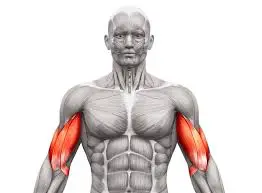
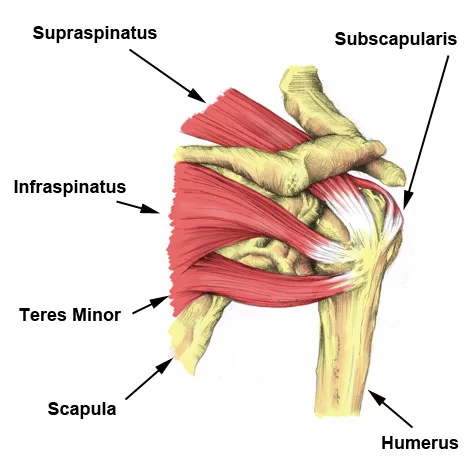
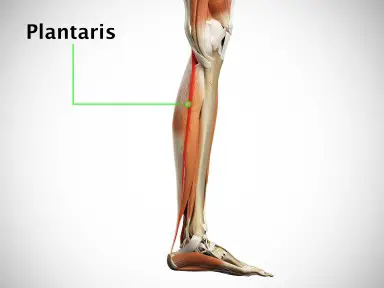
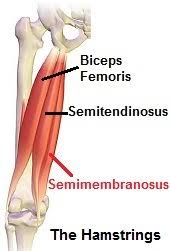
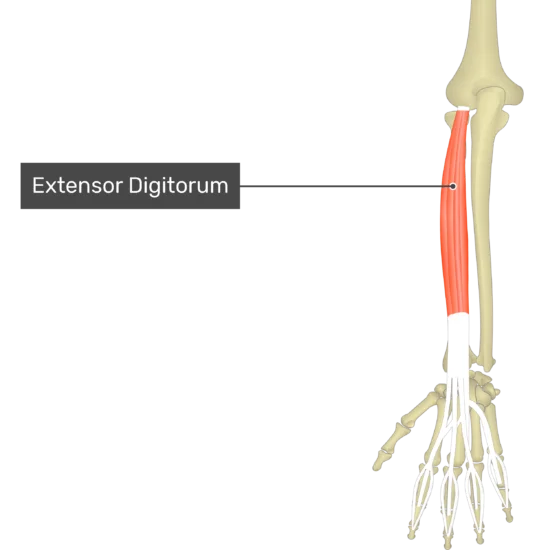
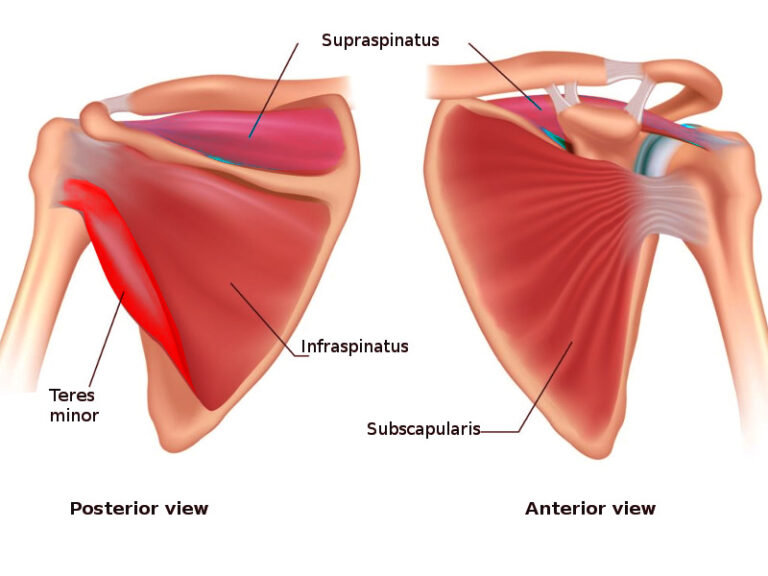
One Comment